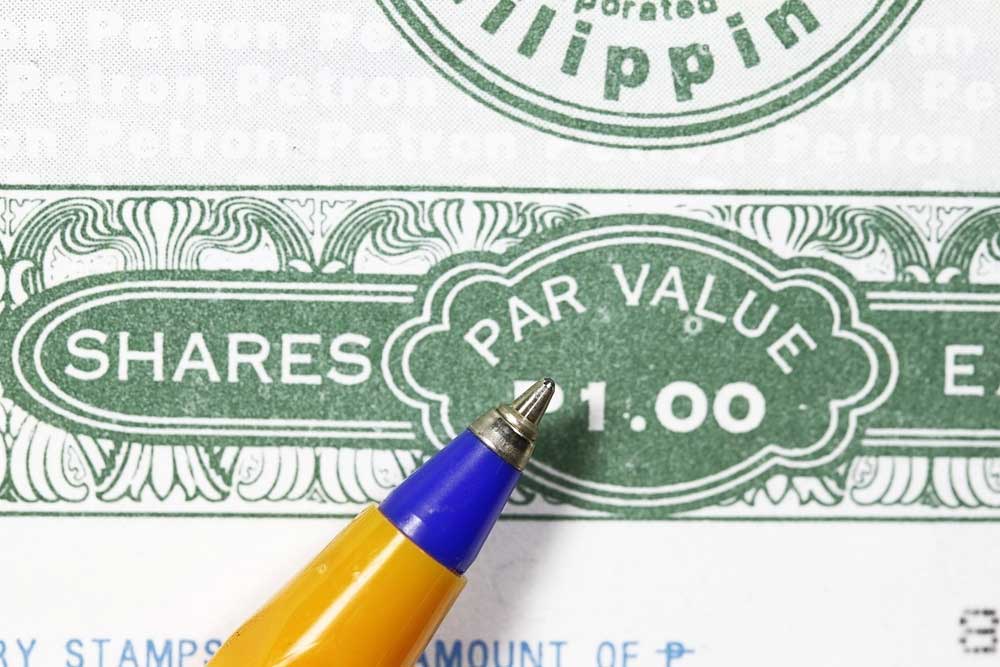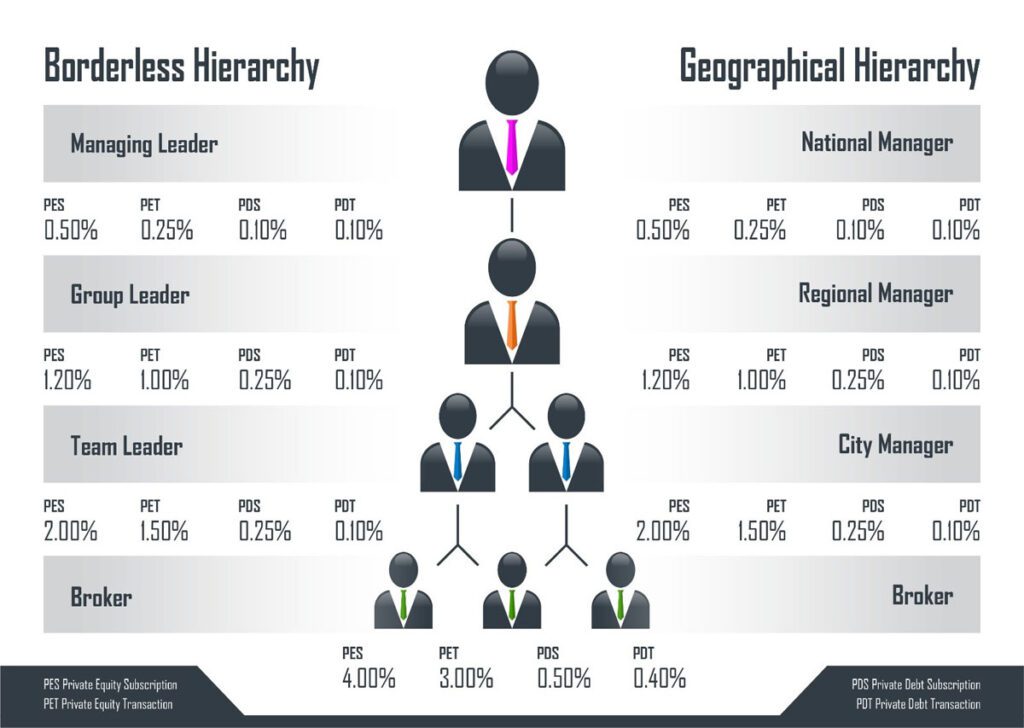A share of stock in a company may have a par value or no-par value. These categories are both pretty much a historical oddity and have no relevance to the stock’s price in the market.
The par value, or face value, is the stated value per share. This price was printed on paper stock certificates before they became antiquated for newer electronic versions. If a company did not set a par value, its certificates were issued as no-par value stocks.
Par Value Stock
Companies sell stock as a means of generating equity capital. So the par value multiplied by the total number of shares issued is the minimum amount of capital that will be generated if the company sells all the shares. The par value was printed on the front of the old version, paper stock certificate.
In reality, since companies were required by state law to set a par value on their stock, they choose the smallest possible value, often one cent. This penny price is because the par value of a share of stock constitutes a binding two-way contract between the company and the shareholder.
If shareholders pay less than the par value for a share of stock and the issuing company later becomes unable to meet its financial obligations, its creditors can sue shareholders for the difference between the purchase price and the par value to recoup the unpaid debt. If the market price of the stock falls below the par value, the company may be liable to shareholders for the difference.
Most companies opt to set a minimum par value for their stock shares to circumvent either of these scenarios.
For example, if company XYZ issues 1,000 shares of stock with a par value of $50, then the minimum amount of equity that should be generated by the sale of those shares is $50,000. Since the market value of the stock has virtually nothing to do with par value, investors may buy the stock on the open market for considerably less than $50. If all 1,000 shares are purchased below par, say for $30, the company will generate only $30,000 in equity. If the business goes under and cannot meet its financial obligations, shareholders could be held liable for the $20-per-share difference between par and the purchase price.
No-Par Value Stock
In some states, companies are required by law to set a par value for their stocks. If not, they may choose to issue “no-par” stock shares.
This “no-par” status means that the company has not assigned a minimum value to its stock. No-par value stocks do not carry the theoretical liabilities of par value issues since there is no baseline value per share. However, since companies assign minimal par values if they must, there’s little effective difference between a par stock and a no-par stock.
Special Considerations
In most cases, the par value of the stock today is little more than an accounting concern, and a relatively minor one at that.
The only financial effect of a no-par value issuance is that any equity funding generated by the sale of no-par value stock is credited to the common stock account. Conversely, funds from the sale of par value stock are divided between the common stock account and the paid-in capital account.
The par value of a stock may have become a historical oddity, but the same is not true for bonds. Bonds are fixed-income securities issued by corporations and government bodies to raise capital. A bond with a par value of $1,000 really can be redeemed for $1,000 at maturity.












